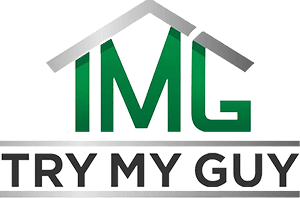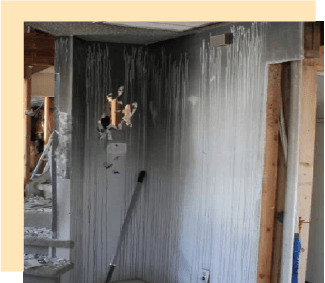
Fire Restoration
Behavior of Smoke
A fire loss can result in complex damages because of the unique behavior of smoke. A trained professional should survey the loss site to determine the extent to which fire, smoke, heat, and moisture impacted building materials and contents.
Experienced fire restoration professionals know that smoke can penetrate within cavities of the structure, causing hidden damage and odor. Their knowledge of building systems helps them investigate how far smoke damage may have spread.
Some things you may not know about smoke
Hot smoke migrates to cooler areas and upper levels of a structure. Smoke flows around plumbing systems, using holes around pipes to go from floor to floor. The type of smoke may greatly affect the restoration process.
Types of soot include:
Wet Smoke Residues - Result from smoldering fires with low heat. Residues are sticky, smeary and with pungent odors. Smoke webs can be difficult to clean.
Dry Smoke Residues - Result from fast burning fires at high temperatures. Residues are often dry, powdery, small, non-smeary smoke particles.
Protein Residues - Virtually invisible residues that discolor paints and varnishes. Extreme pungent odor.
Fuel Oil Soot - Furnace puff backs distribute fuel oil soot.
Other Types of Residues - Tear gas, fingerprint powder, and fire extinguisher residues also need cleanup
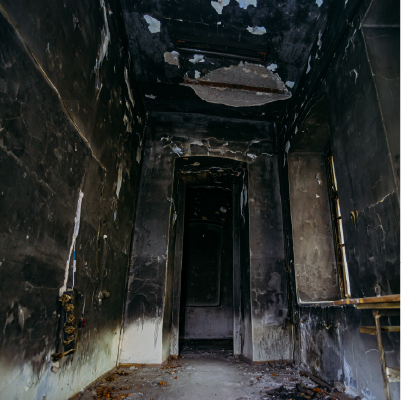
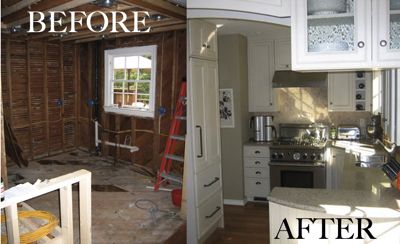
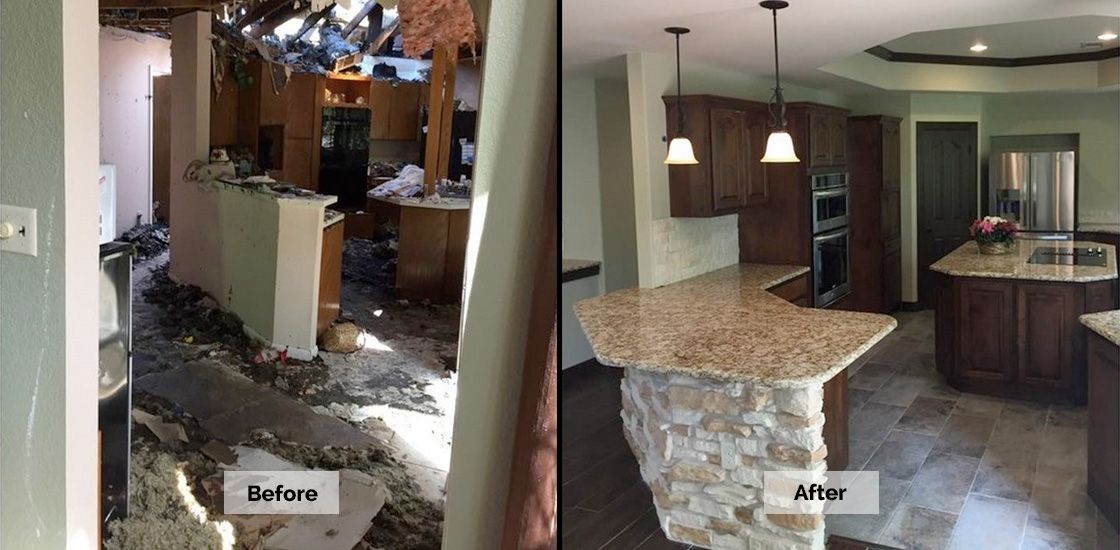
Inspection and Pretesting
We pretest while inspecting the property to determine the damages and the scope of needed cleaning, restoration, and repairs.
The full extent of the damage. How many materials are affected by smoke or fire? What is the proper method for cleaning? Will your personal belongings need to be relocated while your house is restored? These are just a few of the decisions that must be made.
Unaffected areas - It can be vital to protect areas that were not affected by soot and odor before the damage spreads to these areas. It will save you money!
What materials can be restored and what materials must be replaced. Are the smoke residues cleanable? Who is completing the inventory of items that are damaged beyond repair? Pretesting is vital. A complete inventory is invaluable! How long will the cleanup take? We'll let you know what to expect.
The most effective cleaning methods. What work procedures will restore the damaged materials?
Pretesting also allows us to focus on saving precious items or keepsakes for you.
Once the mitigation begins, we will keep you informed and answer your questions, all while working to help make the fire damage Like it never even happened.
Go Back
